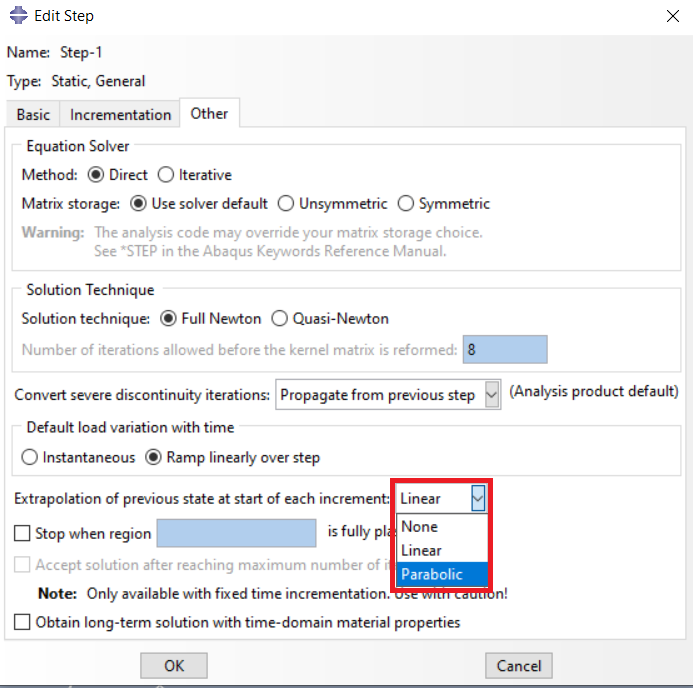Ever tried modeling a spinning top or a flapping flag in Abaqus? These seemingly simple objects can quickly turn into analysis nightmares when large rotations come into play. The good news is, Abaqus is equipped to handle these challenges. This blog post will be your guide to understanding and tackling large rotations in your Abaqus simulations. Large rotation Abaqus problem and examples are described here in this post.
Large rotations (parabolic extrapolation)
In the realm of mathematics, physics, and engineering, rotations play a crucial role in understanding and manipulating objects in three-dimensional space. However, when dealing with large rotations, achieving accurate results can be a challenging task. This article aims to provide a comprehensive guide on how to obtain accurate results in large rotations.
What are the large rotations?
Large rotations refer to the significant rotations experienced by a body during its deformation. These rotations can be several times larger than the typical rotations encountered in most engineering applications. In Abaqus, large rotations are handled using a nonlinear kinematic framework, which allows for the accurate representation of large deformations and rotations.
Significance of Large Rotations in Abaqus
Large rotations play a crucial role in the accurate modeling of various engineering systems, such as:
1. Rubber-like materials: Rubber and other highly deformable materials often undergo large rotations during their deformation. Accurately modeling these rotations is essential for predicting the behavior of such materials.
2. Thin-walled structures: Thin-walled structures, such as shells and plates, can experience large rotations during their deformation. Accurately modeling these rotations is crucial for predicting the structural integrity of these components.
3. Impact and crash simulations: In impact and crash simulations, the deformation of the involved components can lead to large rotations. Accurately modeling these rotations is essential for understanding the behavior of the system during such events.
To implement large rotations in Abaqus, follow these steps:
1. Choose the appropriate element type: Abaqus offers several element types that can handle large rotations, such as the C3D8RH and C3D6H elements for 3D solid elements, and the S4R and S8R elements for shell elements. Select the appropriate element type based on the specific requirements of your model.
2. Define the material properties: Ensure that the material properties defined in your model account for large rotations. For example, use hyperelastic material models for rubber-like materials and consider the effects of plasticity and damage for metals.
3. Set up the boundary conditions: Define the boundary conditions in your model to account for large rotations. This may involve specifying large displacements or rotations at specific nodes or applying loads that induce large rotations.
4. Select the appropriate analysis type: Choose the appropriate analysis type for your model, such as static, dynamic, or implicit analysis. Implicit analysis is generally recommended for problems involving large rotations, as it can handle the nonlinearities associated with these rotations more effectively.
5. Monitor the convergence: large rotations can lead to convergence issues in Abaqus. Monitor the convergence of your analysis, and adjust the analysis settings (e.g., time step size, convergence criteria) as needed to ensure a stable and accurate solution.
How to get accurate results in large rotations?
In this scenario, you have to use parabolic extrapolation. There are two ways to do this job; either you could use the graphical interface in the step module (Figure 1) or use the “*STEP, EXTRAPOLATION=PARABOLIC” command in the input file. To use this command, go to the “Edit Keywords” window, write the command, and click the OK button (see Figure 2).
Figure 1: use parabolic extrapolation through graphical interface
Figure 2: use parabolic extrapolation through input file



